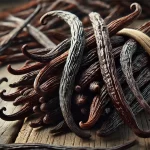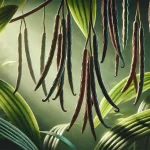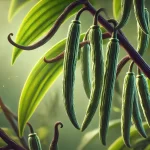Vanilla, with its unmistakable aroma and unique flavor, is today one of the most appreciated spices worldwide. Its history, deeply rooted in the cultures of Mexico, takes us on a fascinating journey from ancient pre-Hispanic rituals to the global expansion we know today. This journey not only reveals the cultural and economic value of vanilla but also the ingenuity and adaptation of various cultures around this precious spice.
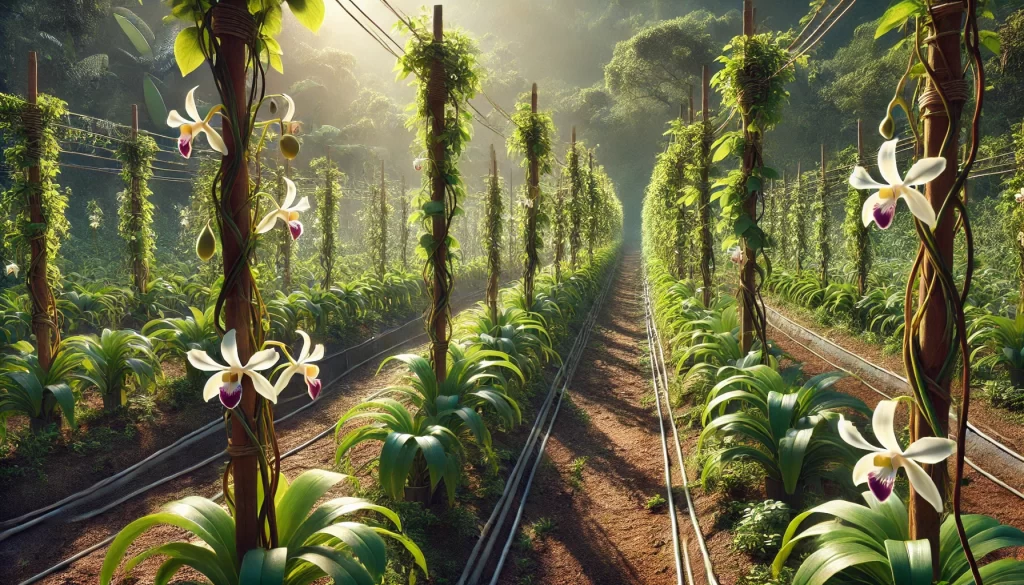
Mesoamerican Origins: The Cradle of Vanilla
The story of vanilla begins in the region we now know as Mexico, where ancient civilizations like the Maya and Aztecs discovered and valued the pods of Vanilla planifolia. For them, vanilla was much more than a simple condiment; it was a sacred element used in religious ceremonies and rituals, and played an important role in flavoring cacao, a drink they considered divine.
Ritual and Culinary Use
The ancient Mexicans mixed vanilla with cacao to create ceremonial drinks that were reserved for the nobility and gods. This ritual use not only highlights its symbolic value but also its role in food preservation and traditional medicine. Codices and historical reliefs depict scenes of vanilla cultivation and harvesting, indicating its importance in the daily and spiritual life of these cultures.
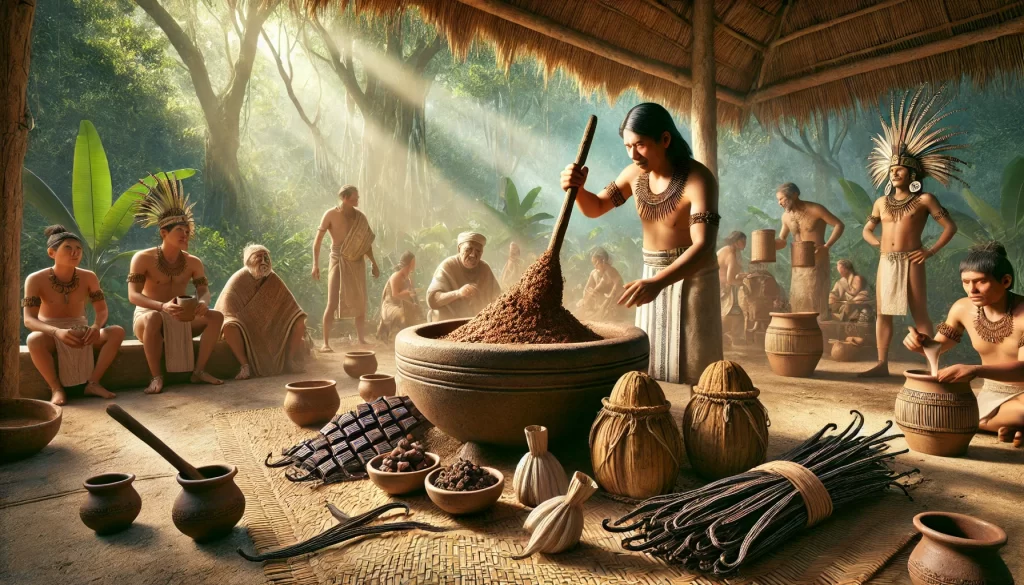
The Encounter with Europe: A Change of Destiny
With the arrival of the Spanish in the New World in the 16th century, vanilla was discovered by Europeans and quickly became a product of great interest. The conquistadors and explorers were fascinated by its aroma and flavor, and began exporting this precious spice to Europe. However, the transition was not without challenges.
Difficulties in Cultivation and Pollination
One of the biggest obstacles Europeans faced was the pollination of the vanilla orchid, which in its natural environment was carried out by endemic melipona bees. Without these bees in Europe, vanilla cultivation seemed impossible. It wasn’t until the 19th century that the manual pollination method was developed, a technique discovered by ingenious cultivators that allowed the expansion of the crop outside of Mexico and the establishment of plantations in places like Madagascar and Indonesia.
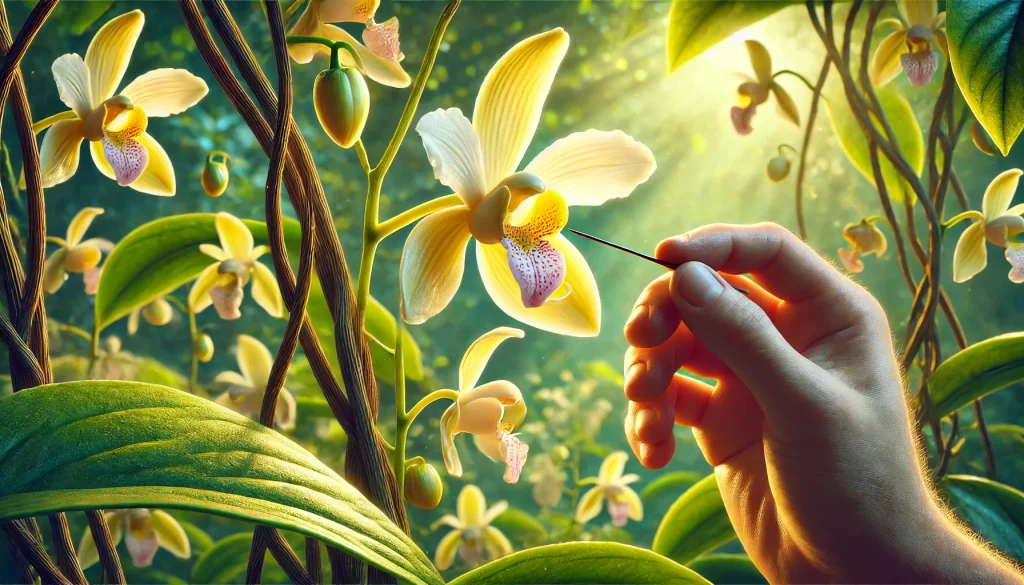
Global Expansion and Industrial Development
The adoption of manual pollination techniques allowed for the rapid expansion of vanilla production. Madagascar, today the world’s leading producer, benefited greatly from this knowledge, becoming a central hub for the vanilla industry.
Vanilla in the Global Market
Over time, vanilla integrated into the gastronomy, perfumery, and cosmetics industries worldwide. Demand grew exponentially, leading to innovations in its cultivation, processing, and commercialization. The globalization of vanilla also posed challenges, such as price fluctuations, adulteration, and the need for sustainable practices that respect both the environment and producing communities.
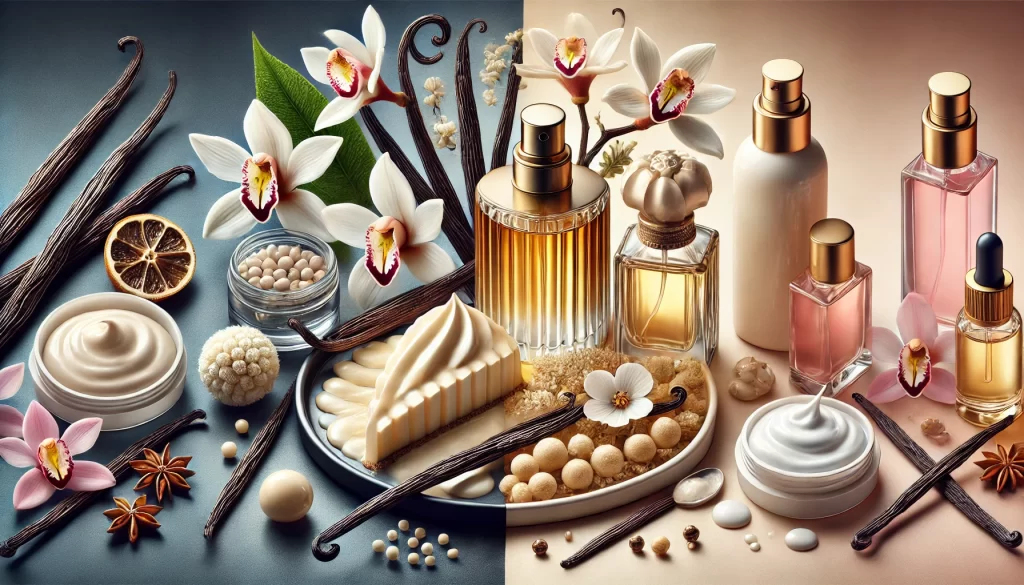
Conservation and Sustainability: Looking to the Future
Today, the story of vanilla continues to evolve. Local communities in Mexico and other producing countries seek to preserve traditional cultivation techniques while integrating new technological methods to improve the quality and sustainability of production. Efforts in fair trade and organic certifications are crucial to ensure that industrial expansion does not compromise biodiversity or the rights of farmers.
Examples of Sustainable Initiatives
- Organic Certification: Various producers work under organic certifications that guarantee sustainable agricultural practices, respect for the environment, and fair trade.
- Community Projects: In some regions of Mexico, indigenous communities are carrying out projects to revive ancestral cultivation techniques, promoting direct sales and strengthening their local economy.
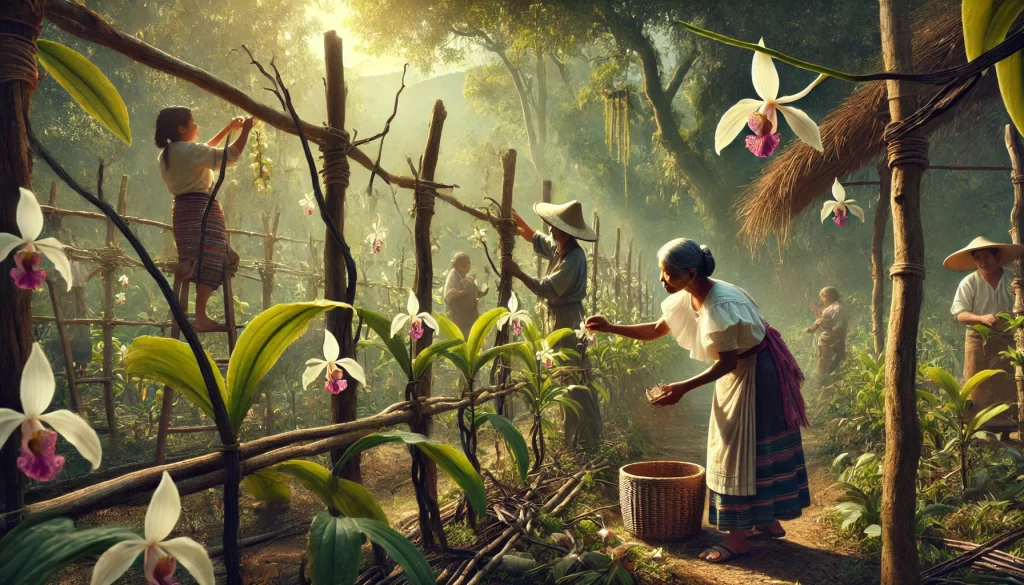
The story of vanilla is a testament to the cultural and commercial exchange that has marked the interaction between the Old and New Worlds. From its veneration in pre-Hispanic rituals to its current position as a luxury product in the global economy, vanilla remains a symbol of cultural wealth and human innovation. As we move forward, it is essential to value and protect this heritage, promoting practices that ensure sustainability and equity in the production of this exotic and precious spice.
References:
- Smithsonian Magazine: Articles on the history of vanilla.
- FAO: Reports and statistics on global vanilla production.
- An anthropological study of pre-Hispanic vanilla use in Mesoamerica.
 AgronoBlog – Agriculture Blog
AgronoBlog – Agriculture Blog 